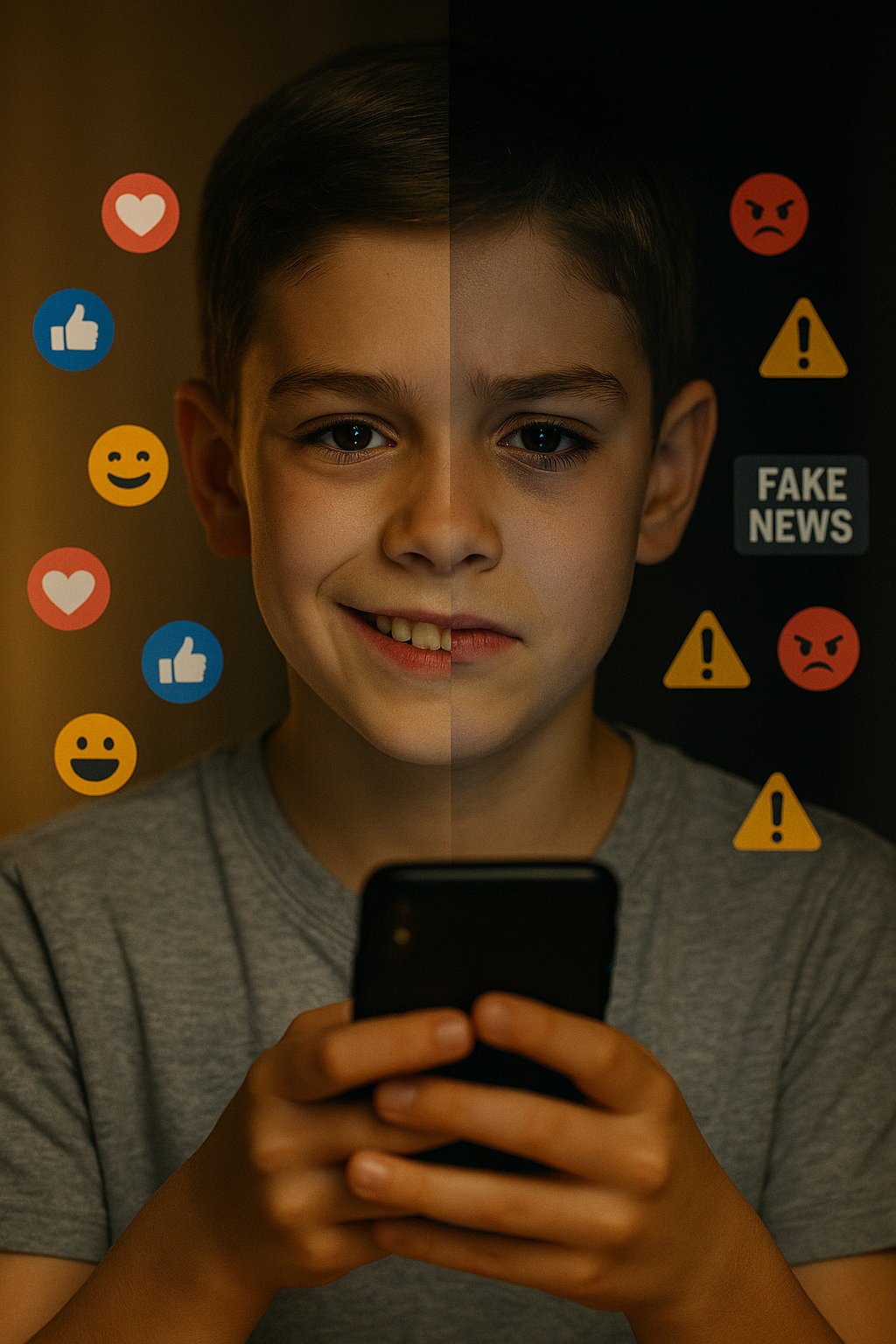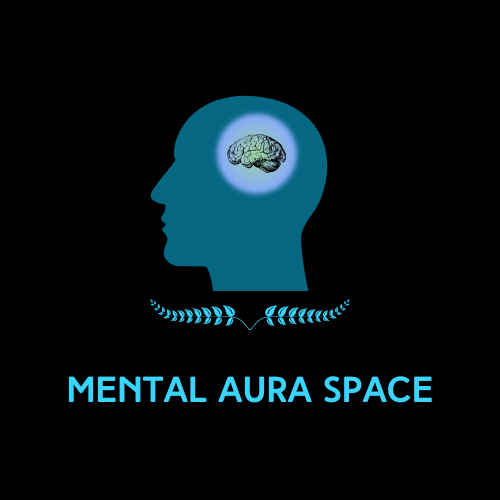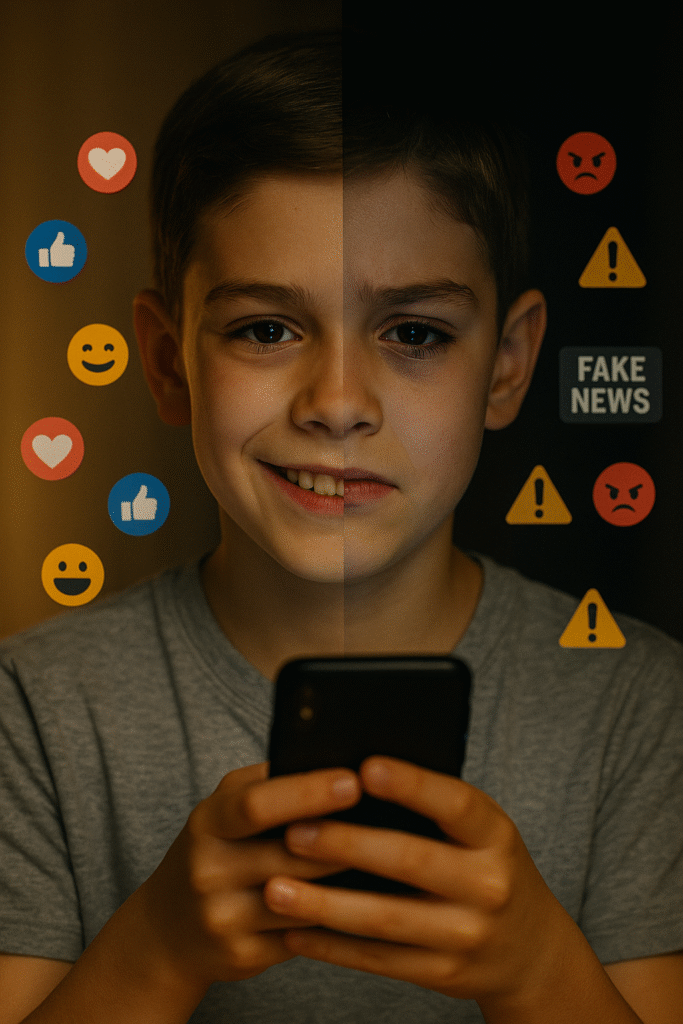Discover how social media shapes young minds—unlocking creativity and connection while posing hidden risks every parent should know.

I still remember the first time my niece showed me a TikTok dance she’s learning—her eyes bright with delight, connecting with friends in a way I never did as a preteen. That’s the magic social media can bring—authentic joy, learning, and a newfound voice. But woven into that magic are subtle shadows that we rarely discuss…
In this post, I’ll walk you through both the uplifting and the frightening sides of social media for kids—mixing research with personal reflections, aiming for clarity, warmth, and depth.
The Balanced Canvas: The Good Side and Scary Side of Social Media for Kids
Let’s start with a crisp, visual table to grasp the spectrum:
| The Good Side | The Scary Side |
|---|---|
| Safe communities; identity affirmation | Anxiety, depression, and low self-esteem |
| Access to information, learning, activism | Screen addiction, poor sleep, inattention |
| Social skills, creative expression | Cyberbullying, unrealistic comparisons |
| Mental health support, help-seeking | Privacy risks, over-sexualization |
The Bright Side of Social Media
1. Building Belonging & Identity
Social media can be a sanctuary. Platforms offer spaces for marginalized or shy kids to connect with peers who get them—affirming sexual identities, mental health struggles, or niche passions Johns Hopkins MedicineNCBI.
2. Social Media as a Gateway to Knowledge and Activism
Growing up, global issues felt distant—but kids today can follow activists, take part in eco-actions, or learn STEM tricks with a swipe Rocky Mountain Counseling Collective. I once watched my nephew start a mini campaign on littering in his school after seeing a climate TikTok—a spark of civic engagement in action.
3. Communication & Creativity
For introverted teens, sending a meme, learning dance steps, or collaborating on a video can open their social world. Research shows online connection can indeed foster friendships and joint creativity Cincinnati Children’s BlogRocky Mountain Counseling Collective.
4. Mental Health & Support Networks
Teens battling loneliness or identity issues often find communities where they feel heard and seen. Experts cite social media’s “buffering effect”—offering solace, reducing stigma around mental health, and even prompting help-seeking Johns Hopkins Medicine.
The Frightening Shadows
1. Social Media’s Link to Anxiety, Self-esteem, and Appearance Pressure
Studies show a worrying link between excessive usage and heightened anxiety or depression in youth Independence Health SystemKids Mental Health FoundationBehavioral Health News. Particularly for girls, filters and retouching can fuel body image issues: 60% of young girls became upset when real photos didn’t match their edited versions Wikipedia.
2. Cyberbullying and Online Harassment in Social Media Spaces
Social media can amplify cruelty—anonymous comments, shaming, or peer pressure. These behaviors erode confidence and emotional safety Mind Familyacpeds.org.
3. Distraction, Sleep Disruption & Academic Impact
Scrolling before bed or during homework isn’t harmless. Many teens report that social media hurts their sleep (45%) and productivity (40%) Pew Research Center. Screens pull focus, fragment attention, and may dull perseverance WikipediaBehavioral Health News.
4. Privacy, Sexualization & Dangerous Trends
Children are increasingly exposed to mature content—some even face revenge porn or sexualized marketing Daily TelegraphMarie Claire UK. Many parents report YouTube’s opaque algorithms sneakily show harmful content despite educational intentions The Guardian.
Fresh Perspectives & Personal Reflections
One evening, I caught my younger cousin silently scrolling through dance videos long after bedtime. She looked both calmed and restless—lost in the feed yet isolated. That image stuck with me: social media gives her voice, but also tethers her attention.
I often wonder: When does engagement become addiction? And how do we teach children that online validation doesn’t define their worth?
That’s why proactive encouragement matters—suggesting phone-free weekends, modeling screen balance, celebrating offline passions like painting or camping.
Expert Strategies & Real-World Responses
Here’s what research and folk wisdom converge on:
- Phone-Free Schools: In the U.S., dozens of states ban phones during class and schools report better focus, social interaction, and mood TIME.
- Public Awareness Campaigns: Some believe shock-value PSAs on platforms like TikTok can spur real conversations—mirroring lost-too-soon anti-smoking campaigns Daily Telegraph.
- Parental Advocacy & Policy: Groups like Mothers Against Media Addiction call for age limits and tech regulations, echoing Australia’s ban on under-16s using social media AP News.
Smooth Transitions: Why Both Sides Matter
Recognizing social media’s dual nature helps us enhance the good while guarding against the bad. Encouraging creative expression shouldn’t overlook harmful comparison cycles. Promoting online learning must be paired with digital literacy—teaching kids to recognize manipulation, algorithms, and screen fatigue.
Conclusion
In summary: Social media is neither a villain nor a hero—it’s a mirror reflecting both our best and our worries. It can spark creativity, community, and change. Yet it also carries risks of anxiety, distraction, and distorted realities.
So what can you do next?
I’d love to hear your thoughts: has social media brought unexpected positives—or warnings—to your child’s life? Share your story in the comments below. And if this post resonated, consider subscribing for more personal reflections and practical guides on navigating childhood in the digital age.
Together, let’s cultivate the good, tame the scary, and help our kids steer through the digital tides with awareness and wonder.
For more impactful blogs visit the Mental Aura Space



